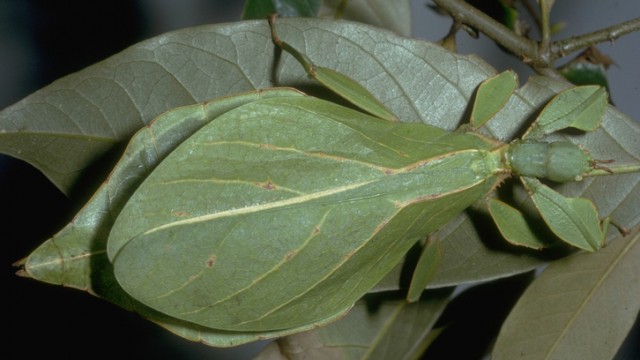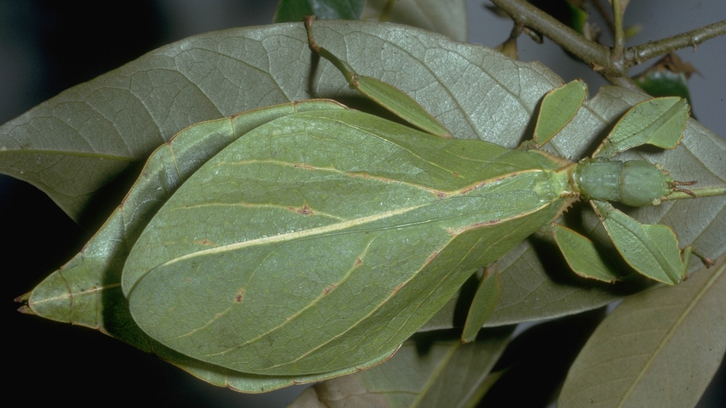
"Green" events, companies, buildings and advocates are enjoying a spotlight as Earth Day approaches, but what about green itself—you know, the color from which the sustainability movement gets its nickname? Lest green be shortchanged this month, I've investigated a selection of plants and animals and their green properties.
At a fundamental level, green objects look green because they reflect green wavelengths of light back to our eyes, while absorbing red and yellow. But organisms have evolved to be green for a wide variety of reasons.
Chlorophyll comes to mind first, as the pigment which makes most plants green. I’m going to focus on green algae here because it’s the granddaddy of all the green plants we know today. While red and brown algae are more common in today’s oceans, it’s green algae that colonized terrestrial environments. From pond scum to swimming pools and aquarium tanks, it is still found in land-locked freshwater systems. Like the "higher plants" which evolved from it, green algae gets its color from chlorophyll, turning sunlight into food, and expelling oxygen into the atmosphere. It thrives in water with easy access to sunlight, places like shallow pools and even the fur of slow-moving sloths. In return for providing an algae-friendly habitat, the sloth gains a green tint, helping it blend into its surroundings.
Next up: unripe fruit. Bananas, strawberries, peaches and tomatoes are all tart, mealy and green when unripe. Then there are green grapes and green apples; although ripe, they tend to be more tart than their red counterparts. Is green just a sour-puss? Not of its own accord, but it is tied to the chemical process of fruit ripening. Once a fruit has reached its optimal size, a burst of ethylene causes new enzymes to be produced. In addition to breaking down starch and pectin (making fruit softer and sweeter), ethylene breaks down the chlorophyll which helps it grow and appear green. To propagate, these plants need their fruit to be eaten by animals who will go on to drop the seeds across the landscape. Since animals enjoy their fruit soft and sweet -- rather than hard and tart (sound familiar?) -- as chlorophyll breaks down many fruits, the production of brighter yellow and red pigments as a form of advertisement to passing animals. Even those with monochromatic vision can tell the difference between green fruit and fruit that’s ready to eat. Scientific American has a great article with more on fruit's ripening process.
In the animal world, coloration can serve a multitude of purposes. Muddy-green American alligators enjoy great camouflage in their swampy homes, allowing them to sneak up on their prey. But camouflage works in both directions. At the opposite end of the food chain, bright green leaf insects use it to evade detection by predators amongst the trees. Then there's Claude, the albino alligator at the California Academy of Sciences, who lacks pigment, but has been known to grow a mean coat of algae on his back. It's a start, but I don't expect him to blend into his surroundings anytime soon.
